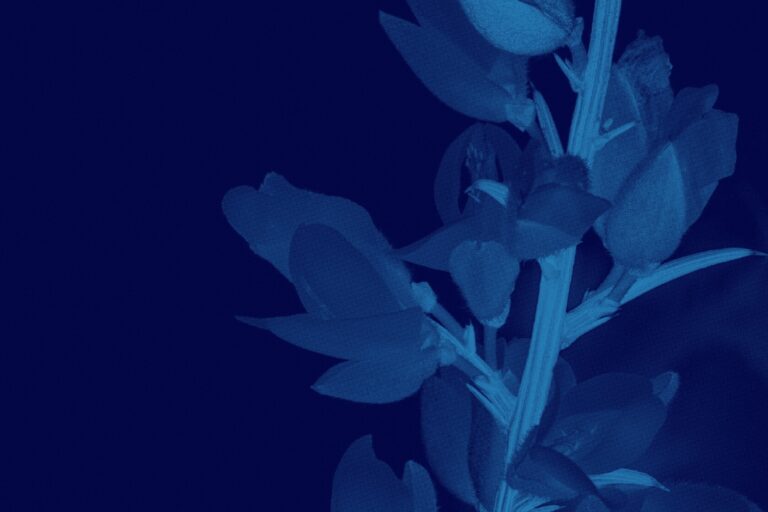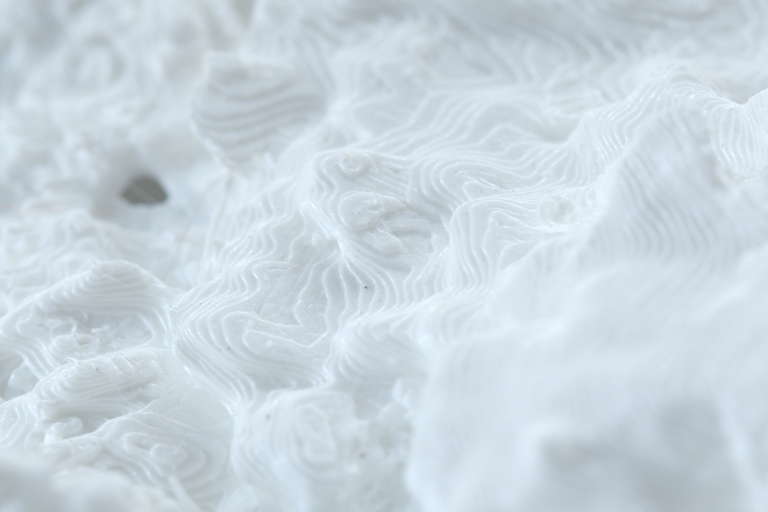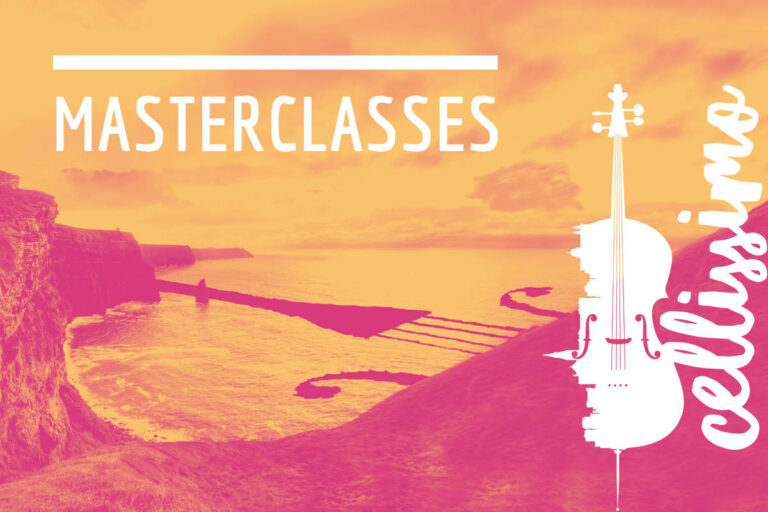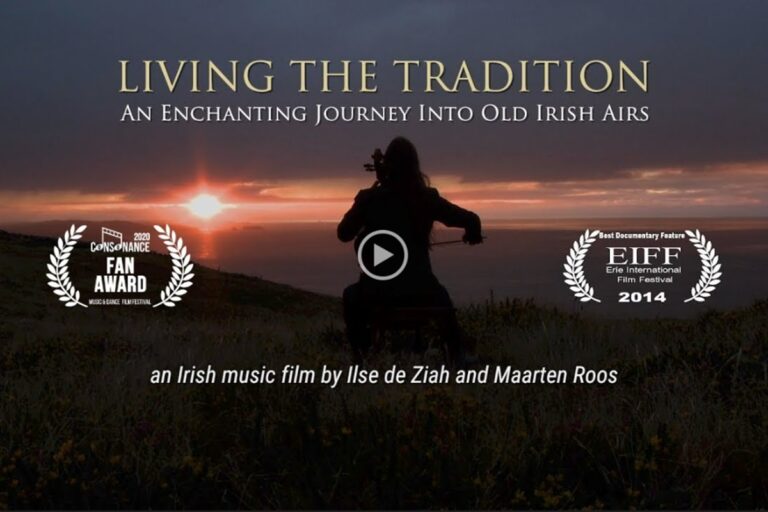Event Details
Dates
23/05/2009 – 23/05/2009
In Search of Utopia: Opening
Hello, I’m Miles Kennedy I’m a doctor of philosophy, a travelling sophist and a thinker for hire. I am very happy to be here to open this extremely well selected, strangely unfamiliar yet deeply appropriate show today
The search for Utopia has become very unfashionable of late. Cao Fei’s apt question “Whose Utopia?” rang loud in the late Twentieth Century, the broad critique of Meta-narratives that characterised post-modernity found an easy target in any discourse or state that proclaimed itself Utopian. The short lived Nationalist Utopia of Nazi Germany with all its associated horrors, “Where real People were shoved into real chambers” cemented a growing distrust of any place or government that claimed to have built a Utopia. The piled up millions screamed “Whose Utopia?”. The longer lasting and wider reaching Maoist Utopia in the East claimed to answer “everyone’s”, theirs was to be a Utopia for all mankind, a workers’ paradise but the famished forced labour farmers cried out “whose Utopia?”. The dead though, cannot speak, this was a silent cry. From this silence Dennis Del Favero’s “ Todtnauberg“ draws forth two voices Paul Celan who strives to speak the unspeakable and Martin Heidegger who struggles to unsay what he had said. But these were not Utopia’s, I hear you silently say, what purported to be utopias were built on forced labour and brutal supression, so now we judge, history judges, that these were not Utopias. But aren’t all Utopias built on this? Plato’s Republic [my own favorite Utopia] was to be ruled by Philosopher kings who would wisely direct an army of slaves, Thomas More’s Utopia, from whence the word was coined, was likewise built on the backs of endentured labour are these too then dystopias rather than Utopia’s? No, these were and are Utopia’s. When we set off in search of Utopia this is where we must look, in literature and art, here in this place. The name itself gives us the clue U-topos from the Greek for “Not-Place”, the place that is not a place. Utopia must exist in a kind of sanctuary of ambiguity, like the building we are in today, a site so well selected and used by Maeve Mulrennan for this show, a little Romanesque building on an urban side street, a classical temple in the Modernist storm, nestled in between a decaying centre for the unemployed and a prefabricated “Machine for learning”, edifaces to thinking “only about the mechanics” What we search for when we search for Utopia, cannot be found, by its very nature, in useful institutions such as those that surround us, it must exist between the sensible and the imaginary. Like More’s Utopia, or Plato’s Republic or God’s own Eden [as it appears in the Bible in words and images] Utopia must be made manifest in work, it is after all a place that is no-place, not a tool nor a mere thing but an event, a taking hold of existence.
And the Romance begins; to think of the artist as creator, the artist as a God, this is itself a part of the Romantic Aesthetic that, it is said, paved the way for the twisted Utopias, the dystopias, of the Century just past. And it is not long ago, not 60 years not even twenty years, but now! “This past we speak of is not dead, it’s not even past”. Right now we are moving out from the largest and most all embracing Utopian experiment mankind has ever witnessed, this experiment is represented and interrogated here in these works. The Great People’s Republic of China and Western late capitalist Democracy by binding together were lauded as bringing an end of history, as a Utopia always must . No future could exist after this end and each had erased the past in its own way, one by effacing it utterly through cultural revolution the other by over-exposing it and rendering it meaningless through mass consumption, book burning in one Utopia the Mona Lisa burned onto thin porcelain mugs in the other. Each Utopian project looked only toward its own completion. Though these two were once considered diametrically opposed it was thought that despite, or rather because of that opposition, they were the very thesis and anti-thesis required to built a final and lasting Utopia, a grand synthesis ushered in by China’s integration into the global system. Now buried under the weight of its own ambitions that late capitalist synthesis lies in ruins. This Utopia may not now become a reality for the inland Chinese workers that Cao Fei depicts , but it has already become as real as any Utopia can or should in that very depiction itself.
Now is the time for Utopianism! Not Utopia’s but Utopianism! As Homer says “The Chinese have the same word for Crisis as opportunity… Crisitunity!” No doubt Cao Fei could tell me if that is true. If that word really exists. But in another sense of course it’s true, of course the word exists in a more complex way than merely appearing in a dictionary, like the Fata Morgana that inspires Louise Manifold’s work there both is and is not a harbour in sight, a female sorcery calls sailors to their doom perhaps, or rescues them from an endless voyage in the frozen Northern seas, delivers them out from “just being sailors” . It seems the shark song depicted in Dorothy Cross’s “Ossicle”is being sung for our latest Utopia, but the slowing of this great behemoth might allow other songs for other magical places to resonate yet. For example, the act of circumnavigation that we acknowledge in this show and this city this week may no longer entails a show of global domination by the forces of capital as it was hailed in its inception but can now be seen as an act of self sustaining beauty regardless of the cost, a work of art, as was Bas Jan Ader’s voyage which is to be recalled in Michelle Browne’s performance next Saturday. In straits such as these is it not better to sail forward toward a dream than drift on the icy current of reality with everyone else? To pursue a Utopian vision authentically is to acknowledge its fundamental ambiguity and unattainability yet still assert its value. The divergent artistic visions exhibitted in this show are such as this! We can see this ambiguity clearly, startlingly, in Ailbhe Ni Bhriain’s work as she mixes and morphs images of the Irish landscape, straight representation as it were, with unfamiliar and defamiliarising content and contexts thus intimating the disjunction that has emerged between “Old” and “New” Ireland. We can say, then, of all of this that we on this island, like the Ancient Athenians of Plato’s Republic, like More’s Utopians, have made for ourselves what we believed was a Utopia. We look back and see a great era: zero unemployment, 5% growth, strong exports, half-million euro houses for all, Humvee’s on the school run in Longford town, but that question comes again “Whose Utopia?”. Like the German people after World War 2 and the Chinese people in the wake of revolution we must now take stock and undergo the painful process of paying for this latest Utopia. As we leave ‘…that clearing in the forest where for a moment we stood immersed in light… where we knew exactly who we were and where we were going, and that everything was possible… before a black storm engulfed us all… [and] … we feel ourselves being snapped backwards into the scalding winds of the future rushing headlong towards us…” we should not despair, we should celebrate an end to Utopia, as these works remind us to do, an end to the end of history, and the beginning of Utopianism. Our island, released from its “final best form” can once again emerge as the shimmering unsustainable vision, the clearing in the waves, that it has always been, a Hy-Brasil, as Sean Lynch depicts it, re-appearing once more off the edge of Europe from beneath the waves of sameness, allishness and globalisation. Perhaps this too is overly Romantic? Perhaps I should come down from my own floating Utopia on Swift’s Laputa and get back in touch with the “real world”, but who wants to do that now? Rather let us go once more “In Search of Utopia” and hope that this time we never find it.






